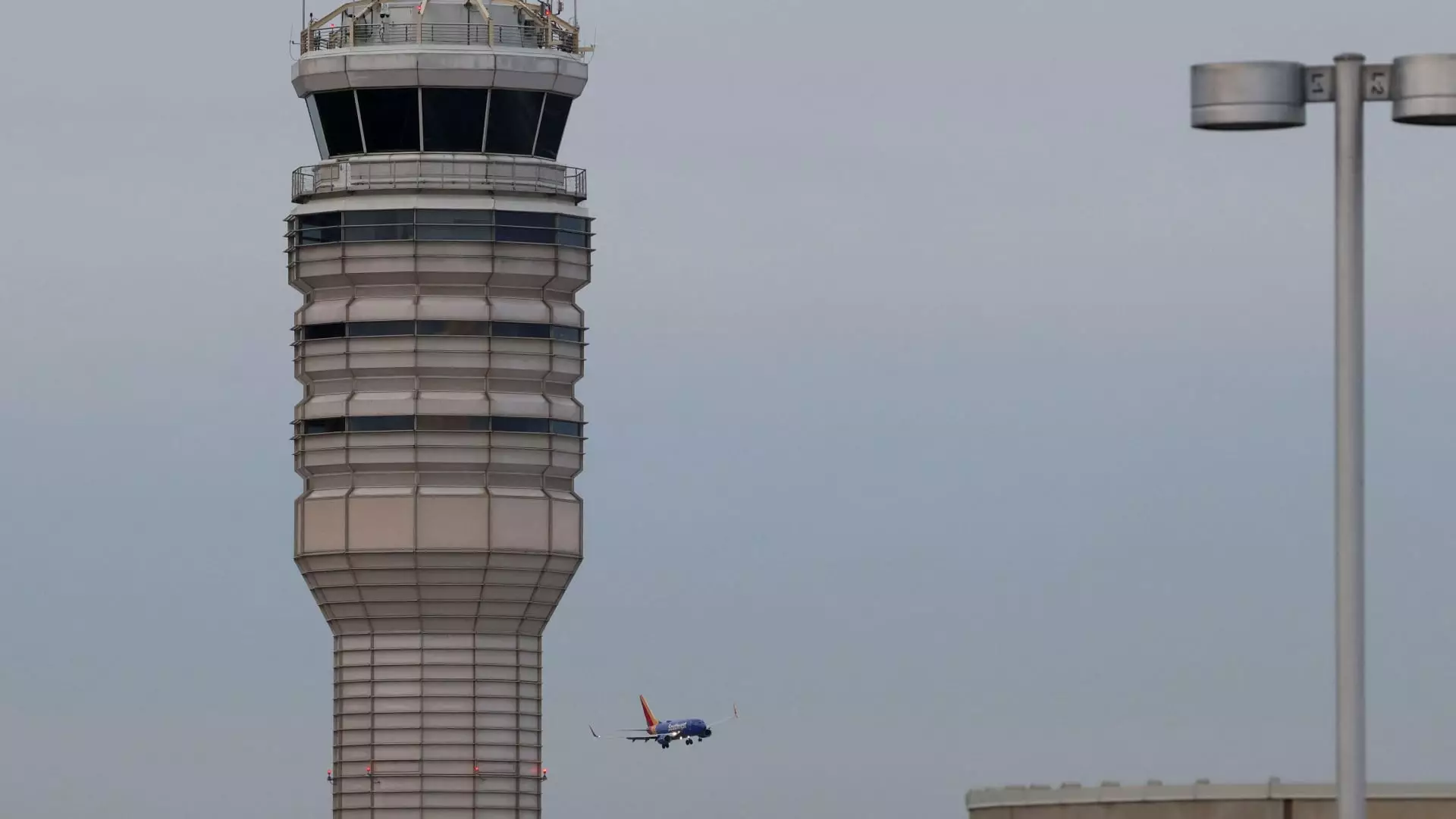In response to the tragic mid-air collision involving an Army Black Hawk helicopter and an American Airlines jetliner, the Federal Aviation Administration (FAA) has swiftly enacted restrictions on helicopter traffic around Ronald Reagan Washington National Airport. This significant measure, announced by Transportation Secretary Sean Duffy, comes in the aftermath of an incident that claimed the lives of all on board both aircraft—a total of 67 fatalities. This collision marks a grim milestone as the first lethal commercial airline accident in over 15 years, prompting a national conversation about aviation safety in the U.S.
The FAA’s latest restrictions are aimed at minimizing the potential for further incidents in an area characterized by high volumes of aerial traffic. Secretary Duffy emphasized the importance of public trust in the nation’s aviation system, stating that today’s actions are concrete steps towards rebuilding that assurance. Helicopter operations in Washington D.C. operate on designated tracks, a system that should ideally prevent such tragedies. The recent incident occurred as American Eagle Flight 5342 was nearing landing when it collided with the military helicopter, raising critical questions about procedural adherence and airspace management.
Investigations into the crash are ongoing, with specialists analyzing various factors including aircraft altitude, communication protocols, and air traffic controller engagement. As an important hub for both civilian and military aviation, the effectiveness of these protocols is now under greater scrutiny. While the American Airlines CEO, Robert Isom, acknowledged the efforts of the FAA and administration leaders in implementing immediate safety measures, he also underscored the need for a thorough examination of why the military aircraft strayed into the flight path of the commercial airliner.
This incident serves as a stark reminder of the complexities associated with managing aerial traffic in urban environments. The Washington D.C. airspace has distinctive challenges due to the proximity of military operations alongside commercial flights. The well-defined system of helicopter zones, as referenced by National Transportation Safety Board member Todd Inman, is designed to facilitate safe navigation. However, the disconnect that led to this catastrophe illustrates that even established systems can become vulnerable under certain conditions.
The FAA’s decision to restrict helicopter activities may not only enhance local safety but could set a precedent for similar actions in other high-traffic urban airspaces across the country. The public’s confidence in aviation—an industry where safety is paramount—hinges on the effective management of such risks. As investigations continue, stakeholders from various sectors of aviation must collaborate to enact reforms and reconstruct air traffic protocols that prioritize safety without compromising operational efficiency.
The recent tragedy underscores an urgent need for an assessment of current aviation practices and the implementation of stricter safety measures. The FAA’s proactive response indicates that the safety of passengers and crew remains the top priority in aviation operations. As society moves forward from this unsettling incident, a renewed commitment to aviation safety will be essential in ensuring that public trust is upheld and maintained for the future.

Leave a Reply